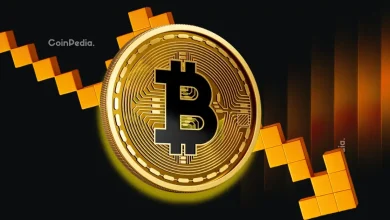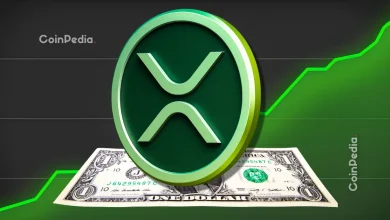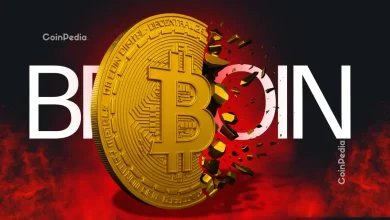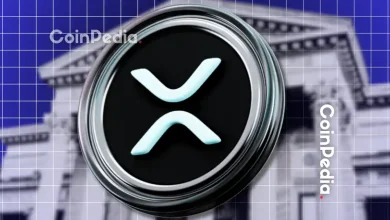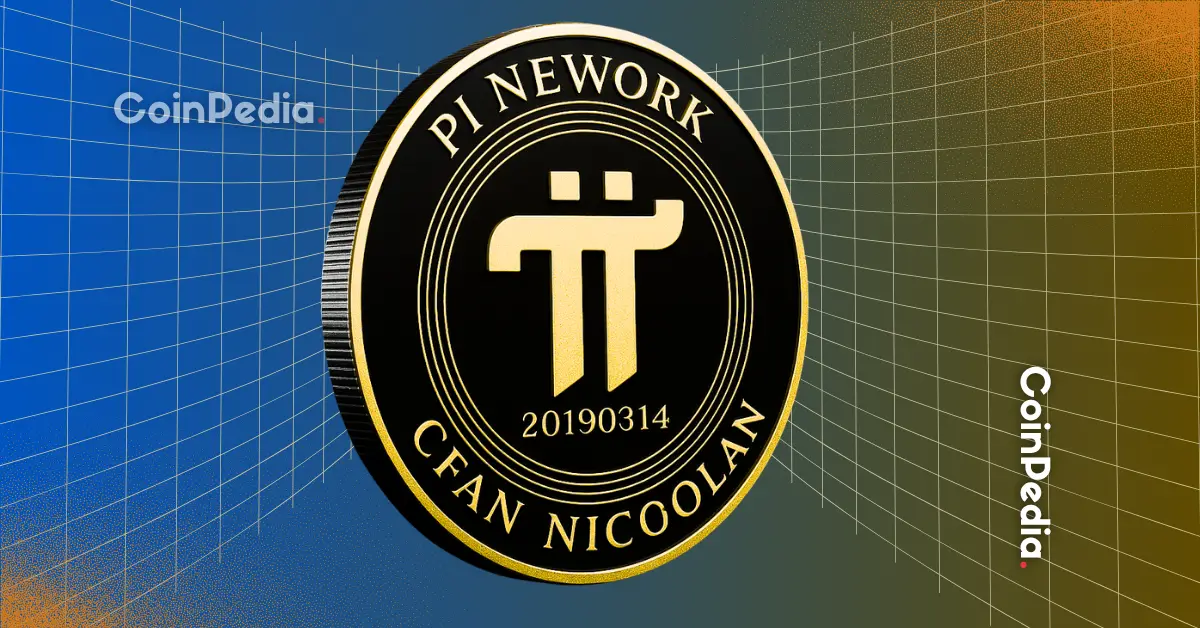
Pi Network drops 3% to $0.26 as whale demand fades and tokenomics spark inflation fears, while Bitcoin & Ethereum soar to new October highs.
With supply issues & no burns, Pi risks losing momentum. Experts urge buybacks or burns to stay relevant as Bitcoin, ETH & XRP lead the rally.
The cryptocurrency market started October in strong form, with global capitalization climbing to $4.13 trillion, up more than 1.4% in the past day. Bitcoin is trading above $120,000, Ethereum has pushed past $4,540, and XRP crossed $3 again. Against this backdrop, Pi Network has fallen more than 3% in 24 hours to $0.26, raising questions among its community.
Whale Demand Has Vanished
A major factor behind Pi’s weakness is the absence of its second-largest whale. This wallet, which accumulated 383 million Pi tokens worth over $100 million, abruptly stopped buying ten days ago. For a token that lacks exchange listings and broad liquidity, the loss of one big buyer carries significant weight.
Tokenomics Under Fire
Community concerns focus on Pi’s tokenomics. Unlike Bitcoin, which is capped at 21 million, or Ethereum, which burns supply with every transaction, Pi has chosen not to permanently remove tokens from circulation. Instead, supply is recycled back into the system.
With a maximum supply of 100 billion coins and no scarcity mechanism, many investors view Pi as inflationary. Pioneers who mined Pi for years now face dilution, while outside capital is reluctant to enter.
- Also Read :
- Pi Network News: Market Cap Tops $2.2B as Price Moves Higher After Co-Founder’s Singapore Speech
- ,
Missed Momentum Despite Progress
The Core Team recently launched a Testnet decentralized exchange and co-founder Dr. Chengdiao Fan appeared at TOKEN2049, but updates lacked clarity on tokenomics or exchange timelines.
Meanwhile, Bitcoin’s rally is drawing liquidity into altcoins, yet Pi has failed to benefit. According to experts, the project is at a crossroads: either adapt its supply model or risk losing relevance in a market that increasingly rewards scarcity-driven assets.
What Pi Network Must Do
Mr Spock argues that Pi must rethink its economics. Options include introducing a buyback program, where ecosystem revenues purchase and lock away tokens, or implementing token burns tied to transactions and app usage. Without these measures, Pi risks becoming a token with circulation but no incentive for long-term holding.
Never Miss a Beat in the Crypto World!
Stay ahead with breaking news, expert analysis, and real-time updates on the latest trends in Bitcoin, altcoins, DeFi, NFTs, and more.
FAQs
The price drop is largely due to its tokenomics, specifically the 100-billion supply cap without a token burn, and the sudden halt of buying by a major whale.
Yes, Pi’s second-largest whale, who accumulated over $100 million in tokens, abruptly stopped buying ten days ago. This significantly impacts a token with limited liquidity and exchange listings.
Experts suggest the network implement token scarcity measures, such as a token buyback program or introducing a token burn mechanism tied to transactions and app usage.
Trust with CoinPedia:
CoinPedia has been delivering accurate and timely cryptocurrency and blockchain updates since 2017. All content is created by our expert panel of analysts and journalists, following strict Editorial Guidelines based on E-E-A-T (Experience, Expertise, Authoritativeness, Trustworthiness). Every article is fact-checked against reputable sources to ensure accuracy, transparency, and reliability. Our review policy guarantees unbiased evaluations when recommending exchanges, platforms, or tools. We strive to provide timely updates about everything crypto & blockchain, right from startups to industry majors.
Investment Disclaimer:
All opinions and insights shared represent the author's own views on current market conditions. Please do your own research before making investment decisions. Neither the writer nor the publication assumes responsibility for your financial choices.
Sponsored and Advertisements:
Sponsored content and affiliate links may appear on our site. Advertisements are marked clearly, and our editorial content remains entirely independent from our ad partners.

